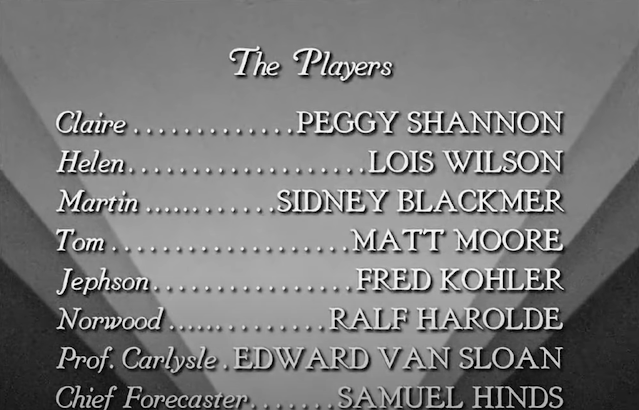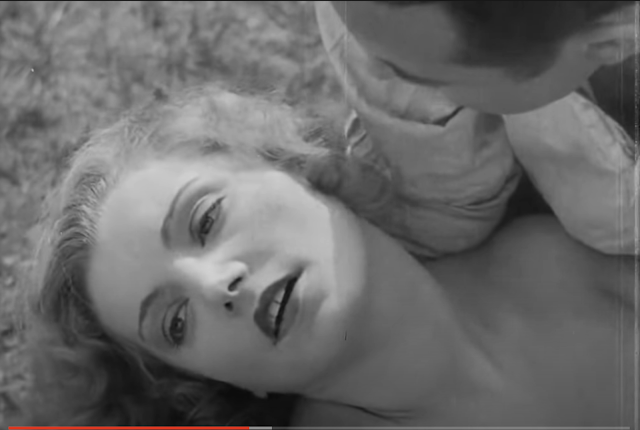In July 2016 I wrote a series of five blog posts about a cedar chest full of personal items belonging to my aunt Beulah Vee Wright. She died in 1939 at the age of eighteen, so the items date from the 1920's and 1930's. She and her family lived in Gadsden, Alabama. Below I have quoted the introduction to that first post to give you more details.
Our family on both sides is blessed--or cursed--with a vast amount of memorabilia--everything from photographs, furniture, lamps, and china, to Native American artifacts found in cotton fields across North Alabama, some of it on my side and some from my wife Dianne's. We have a large amount of material related to her father's long military career, for instance.
Anyway, Dianne, my brother Richard and I have been puzzling over what to do with all this stuff. None of our kids will have the room or inclination to take much of it, so we have explored other options. Before he died in 2003, Dad made a large donation of the artifacts to the University of Alabama's Office of Archaeological Research in Moundville. A few years ago Mom made a second donation of those materials to OAR. Dad's large collection of books related to southeast Native Americans history and archaeology, as well as manuscripts and research materials for his two published books, were donated after his death to the Alabama Department of Archives and History.
Which brings us to Beulah Vee's cedar chest. Last year I contacted Steve Murray, Director of the Alabama Department of Archives and History to see if they would be interested in the items in the cedar chest. I felt it was a time capsule of a white girl and young woman who lived in Gadsden in the 1920's and 1930's. Steve agreed, and I began the usual process of donation. The committee that oversees donations also felt the items would be an appropriate addition to the Archives. On August 26 last year Dianne and I packed up the materials and headed to Montgomery. You can find some photos and more commentary below.
Here's the introduction to that first blog post:
My dad's older sister and thus my aunt Beulah Vee Wright has always been something of a mystery in the family. Born in Gadsden on November 2, 1921, she died soon after her eighteenth birthday on December 10, 1939. She had attended Etowah High School, graduating that spring despite a serious illness that had begun in March. She is buried in Forrest Cemetery in Gadsden with my grandfather Amos J. Wright, Sr., and grandmother, Rosa Mae Wright.
This event was a cataclysmic one in the family, especially for my grandmother. She never really got over it despite living until 1997. My grandparents' social life apparently changed drastically. My grandfather and father pretty much had to warn everyone not to bring up Beulah Vee's name; the memory must have been too painful. Unfortunately, I never brought the subject up with my father before he died; his memories of his sister would have been interesting to know, since he was 13 when she died.
Despite its effect on her and her desire not to talk about her daughter, my grandmother maintained something of a shrine to her. The furniture purchased for Beulah Vee's bedroom became the guest room furniture in a house where she never lived that my grandparents moved into in the late 1940's. My aunt's portrait shown below hung on the wall of that guest room. And then there was the cedar chest.
My grandmother saved clothes, documents, and various objects of her daughter's life and kept them in the cedar hope chest she and my grandfather had bought for her at some point. Some of those items will be explored in several posts to follow. The chest is stuffed with material--it is a time capsule that captures the life of a young and then a teenage girl in Gadsden, Alabama, in the 1920's and 1930's.
*******
Below are photographs of several dolls belonging to Beulah Vee and my grandmother that were not discussed in the cedar chest posts. The state archives also decided not to accept the dolls since their collection already contains many examples. I've also included a few photos about the trip to the state archives in Montgomery to transport the donation.
Further comments are included below some of the photos.




















































